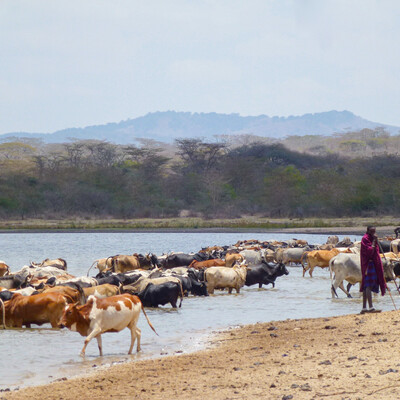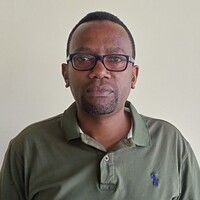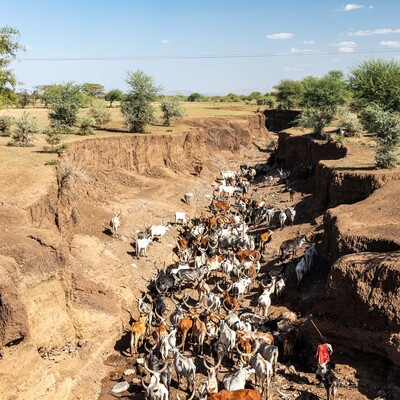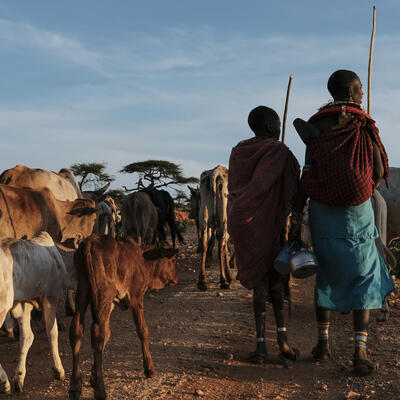

Mazingira Centre
Vision
Our vision is to define and to create environmentally friendly, climate-smart, and food and nutrition secure livelihoods for smallholder farmers and livestock keepers in the Global South.
Mission
With a state-of-the-art Environmental Research and Education Centre, its mandate is to:
- Generate environmental baseline data for livestock production systems in the Global South
- Develop, test, and scale up climate mitigation and adaptation strategies to increase livestock production while reducing GHG emissions, minimizing environmental degradation, and ensuring efficient resource utilization, and
Serve as a hub for research-related services and sample analysis for external clients, as well as for capacity building and scientific exchange in the Global South. Contribute to sustainable, food and nutrition secure livelihoods in the Global South for smallholder farmers and livestock keepers by conducting leading-edge “Research for Development”. Our work focuses on the process- and system-oriented understanding of agroecosystems in order to fill existing knowledge gaps for both present environmental circumstances and future climate change scenarios.
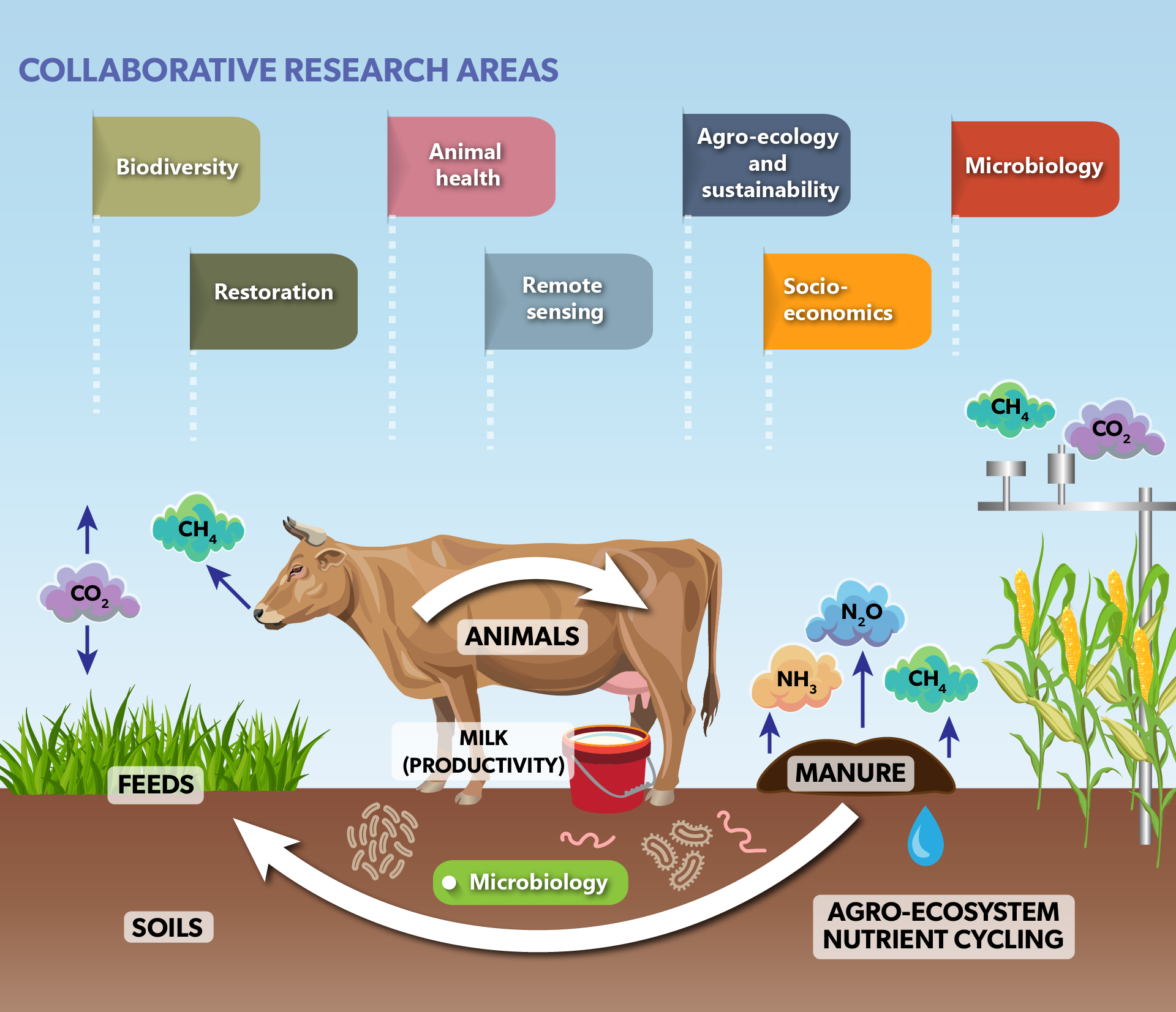
Mazingira news
Research areas and innovations
Laboratory services
Team
Publications

Mechanisms behind high N2O emissions from livestock enclosures in Kenya revealed by dual-isotope and functional gene analyses
- Xiantao Fang
- Harris, S.J.
- Leitner, Sonja
- Butterbach-Bahl, Klaus
- Conz, R.F.
- Merbold, Lutz
- Dannenmann, M.
- Oyugi, A.
- Shuwei Liu
- Jianwen Zou
- Six, Johan
- Barthel, M.

Editorial: Greenhouse gas measurements in underrepresented areas of the world
- Pérez Quezada, J.F.
- Meijide, A.
- Leitner, Sonja
Full adoption of the most effective strategies to mitigate methane emissions by ruminants can help meet the 1.5°C target by 2030 but not 2050
- Arndt, Claudia
- Hristov, Alexander N.
- Price, W.J.
- McClelland, S.C.
- Pelaez, A.M.
- Cueva, S.F.
- Oh, J.
- Dijkstra, J.
- Bannink, André
- Bayat, A.R.
- Crompton, L.A.
- Eugène, M.A.
- Enahoro, Dolapo K.
- Kebreab, Ermias
- Kreuzer, M.
- McGee, M.
- Martin, C.
- Newbold, C.J.
- Reynolds, C.K.
- Schwarm, A.
- Shingfield, K.J.
- Veneman, J.B.
- Yáñez-Ruiz, D.R.
- Zhongtang Yu





